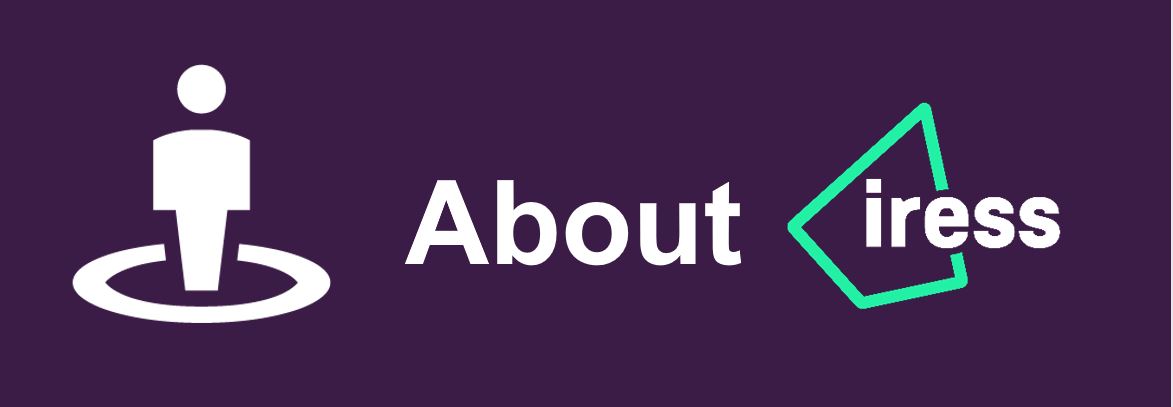1 July 2017 – New financial year, new rules
Written and accurate as at: Jul 10, 2017 Current Stats & Facts

The start of the financial year is often the time we see new legislation take effect and this year is no exception.
Below we discuss changes that came into effect on 1 July 2017. The impact that these have on you will depend on your individual circumstances.
Please note: We have also included several other changes that were proposed to take effect from 1 July 2017; however, these changes are still only proposals and legislation needs to be passed to make them effective. Changes could be made or the proposals may be rejected.
Superannuation
Superannuation transfer balance cap
There is now a limit on how much superannuation you can transfer from accumulation phase to retirement pension phase. This is called the transfer balance cap.
The transfer balance cap limit is initially set at $1.6 million, however it will indexed by CPI (rounded down to the nearest $100,000) – the indexation will only apply to the unused portion of your $1.6 million transfer balance cap.
You may need to make adjustments to your strategy if:
- You are currently receiving a retirement phase income stream and more than $1.6 million has been credited to your transfer balance account.
- You intend to commence a retirement phase income stream and the amount transferred may cause your transfer balance account to exceed $1.6 million.
Please note: Transition to retirement income streams are not assessed against the $1.6 million transfer balance cap.
Contributions cap limits and non-concessional contribution bring-forward rule
The concessional contributions cap limit has been reduced to $25,000 p.a. regardless of your age (e.g. Superannuation Guarantee, salary sacrifice, employer and personal tax deductible contributions). Due to this, it may be worthwhile revisiting your existing salary sacrificing to superannuation arrangements and other individual tax-deductible concessional contributions, to ensure you stay within the new concessional contributions cap limit.
The non-concessional contributions cap limit has been reduced to $100,000 p.a. (where you contribute to super after tax). Furthermore, the bring-forward rules still apply, but reflect the reduced limit.
However, a new restriction also now applies to non-concessional contributions. For example, if you have a total superannuation balance equal to or over $1.6 million at the end of 30 June in the previous financial year, you are no longer able to make further non-concessional contributions.
Transition to retirement (TTR) pensions
The earnings from assets supporting new and existing transition to retirement pensions are no longer subject to an earnings tax exemption. Asset earnings are now taxed up to 15%, the same as if the monies were still in accumulation stage.
Self-managed superannuation
In the Government’s recent Budget they proposed that a limited recourse borrowing arrangement will be included in your total superannuation balance and transfer balance cap:
- The outstanding balance of a limited recourse borrowing arrangement will count towards your annual total superannuation balance. The Government is still considering its approach regarding this proposal.
- The repayment of the principal and interest of a limited recourse borrowing arrangement from your accumulation account will be a credit in your transfer balance account where the fund makes a loan repayment and as a result there is an increase in the value of the income stream. This proposal recently passed through Parliament.
- Please note: This change applies in relation to a limited recourse borrowing arrangement that arises under a contract entered into on or after 1 July 2017. Furthermore, refinancing a pre-1 July 2017 limited recourse loan may also remain exempt from this change if certain criteria are met.
Superannuation anti-detriment payments
Superannuation anti-detriment payments are no longer available as part of a superannuation death benefit payment. However, superannuation funds are still able to make anti-detriment payments until 30 June 2019 for those members who passed away before 1 July 2017.
Tax deductions for personal superannuation contributions
The 10% maximum earnings as employee test for claiming tax deductions for personal superannuation contributions has been removed. This means being an employee will no longer prevent you claiming a tax deduction for your personal superannuation contributions. Personal contributions may be made until 28 days following the month you turn 75, however from age 65 you must first have worked at least 40 hours during 30 consecutive days of the current financial year.
Spouse contributions tax offset
If you didn’t qualify for the Spouse Contributions Tax Offset last financial year, you may qualify this financial year.
The income level for eligibility of the full $540 Spouse Contributions Tax Offset has been increased from $10,800 to $37,000. Also, the cut-out income level for a partial Spouse Contributions Tax Offset has increased from $13,800 to $40,000.
It is important to note that other restrictions also apply moving forward. For example, your spouse must not:
- Exceed their non-concessional contributions cap in the relevant financial year.
- Have a total superannuation balance equal to or exceeding $1.6 million immediately before the start of the financial year in which the contribution was made.
Low income superannuation tax offset
The Low Income Super Contribution (LISC) has been replaced by the Low Income Superannuation Tax Offset (LISTO); however, the rules governing the new tax offset remain consistent with the old measure.
Under these rules, if you have an adjusted taxable income of up to $37,000, you can expect to receive a refund into your superannuation account by the Government. The refund is calculated at 15% of your total concessional superannuation contributions for a financial year, capped at $500.
Government co-contributions
Moving forward, further criteria also needs to be met to be eligible for the Government Co-Contribution. For example, you must not:
- Exceed your non-concessional contributions cap in the relevant financial year.
- Have a total superannuation balance equal to or greater than $1.6 million on 30 June of the year before the relevant financial year.
High income earners (Division 293)
The income threshold regarding the extra contributions tax for high income earners has been lowered from $300,000 to $250,000. This means that if your income (including some concessional contributions) exceeds the $250,000 income threshold, an additional 15% tax on these concessional contributions may apply.
Age Pension eligibility age
Depending on your birth date, the Age Pension eligibility age has increased from 65 years to 65.5 years.
Please see the below table for a summary of how this may affect you.
Age Pension Eligibility Age |
||
| Date of Commencement | Eligibility Age | Those Affected |
| - | 65 years | Born prior to July 1952 |
| From 1 July 2017 | 65.5 years | 1 July 1952 - 31 December 1953 |
| From 1 July 2019 | 66 years | 1 January 1954 - 30 June 1955 |
| From 1 July 2021 | 66.5 years | 1 July 1955 - 31 December 1956 |
| From 1 July 2023 | 67 years | On or after 1 January 1957 |
Financial assistance payments to eligible families
The Government’s Single Income Family Supplement to eligible households is no longer available to new applicants; however, if you were eligible on 30 June 2017 (and, continue to remain eligible) then you will continue to receive the Single Income Family Supplement.
Furthermore, the existing Family Tax Benefit payment rates will now remain unchanged at their current levels for the next two years; indexation will resume from 1 July 2019.
Prospective first home buyer
First Home Super Saver Scheme
Under the Government’s newly proposed First Home Super Saver Scheme, prospective first home buyers, may withdraw their voluntary contributions to superannuation to purchase their first home. From 1 July 2018 it is proposed that the amount available for withdrawal will be up to $15,000 of voluntary contributions per financial year since 1 July 2017 ($30,000 in total) plus deemed earnings, less tax on concessional (pre-tax) contributions and deemed earnings. Contributions under this scheme must be made within existing superannuation contribution caps. First home savers may wish to delay making additional contributions for the purpose of building a home deposit, as the measure is not yet legislated.
Stamp duty
The NSW and VIC Government recently made announcements regarding stamp duty, which took effect on 1 July 2017. For example:
- In New South Wales, first home buyers are now exempt from stamp duty on existing and new homes worth up to $650,000. In addition, existing and new homes between $650,000 and $800,000 also attract stamp duty discounts. Stamp duty charged on lenders’ mortgage insurance has also been waived.
- In Victoria, first home buyers are to be exempt from stamp duty on existing and new homes with a ‘dutiable value’ (e.g. the price you pay minus any deductions) of $600,000 or less. In addition, existing and new homes with a dutiable value between $600,001 and $750,000 also attract stamp duty discounts.
Domestic investors
Tax deductions and residential property investors
If you are a residential property investor, the following measures have been proposed however not legislated:
- You are no longer able to claim a tax deduction for travel expenses incurred whilst personally inspecting, maintaining or collecting rent for your residential rental property. However, property management fees paid to third parties (e.g. real estate agents) will remain tax deductible.
- The Government has limited depreciation deductions on plant and equipment to outlays incurred by the current owner of a residential real estate property. However, grandfathering arrangements may apply to existing residential real estate properties as at 9 May 2017.
Moving forward
We suggest that you take the time to review these changes and consider how they may relate to you both now and in future.
If you are unsure about how these changes may affect you then please contact us.













